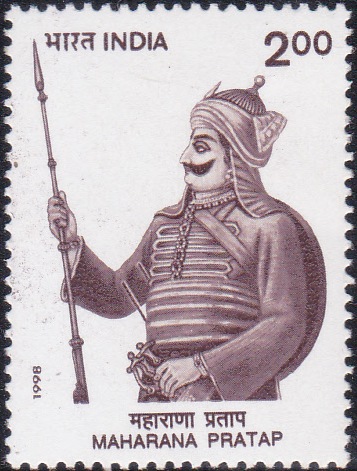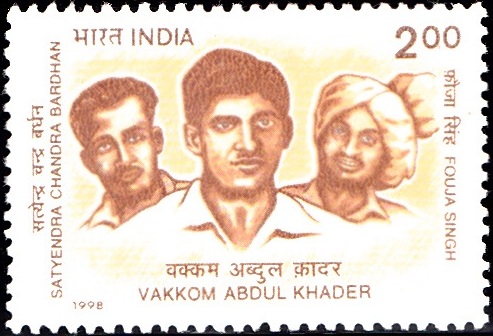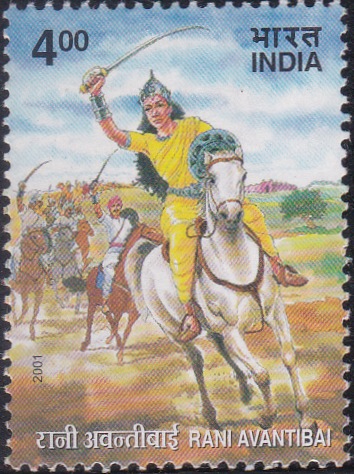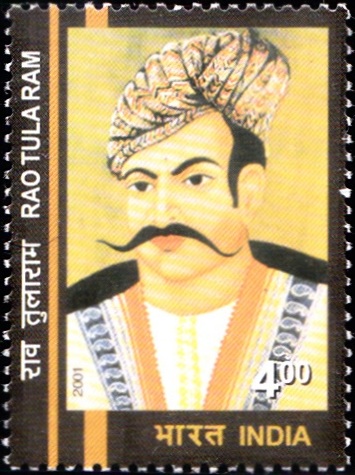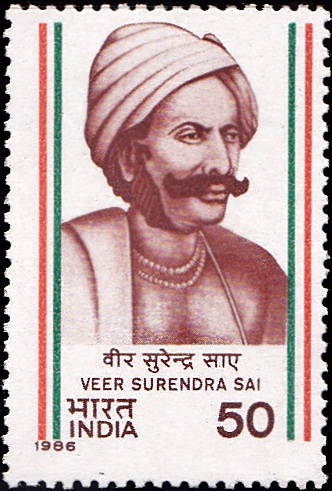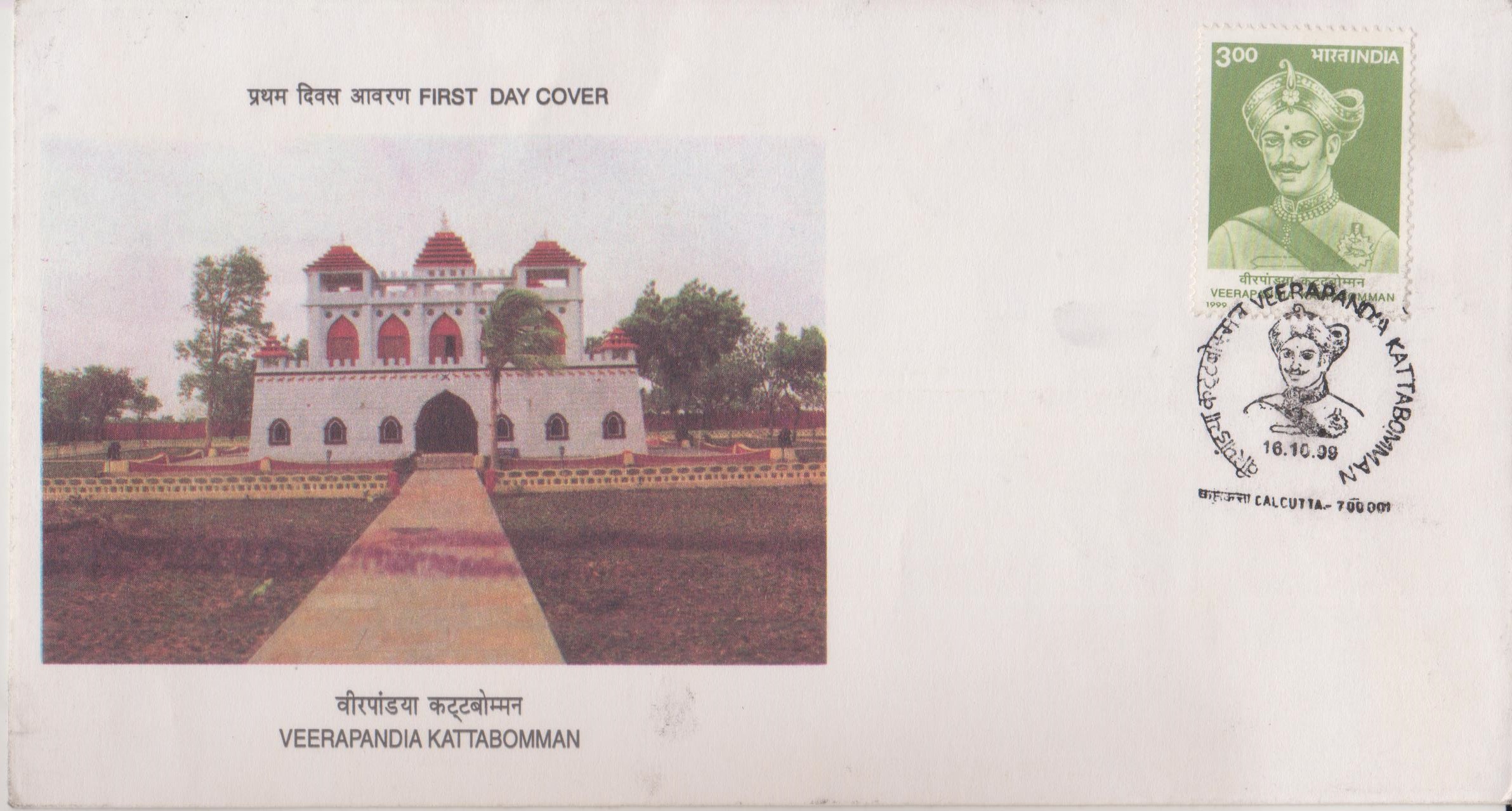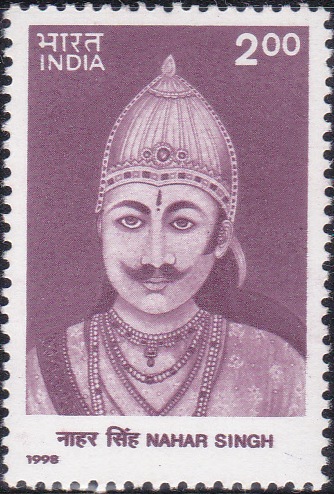
Nahar Singh
A commemorative postage stamp on the Death Anniversary of Raja Nahar Singh Tewatia, a Jat king of the princely state of Ballabhgarh, Haryana :

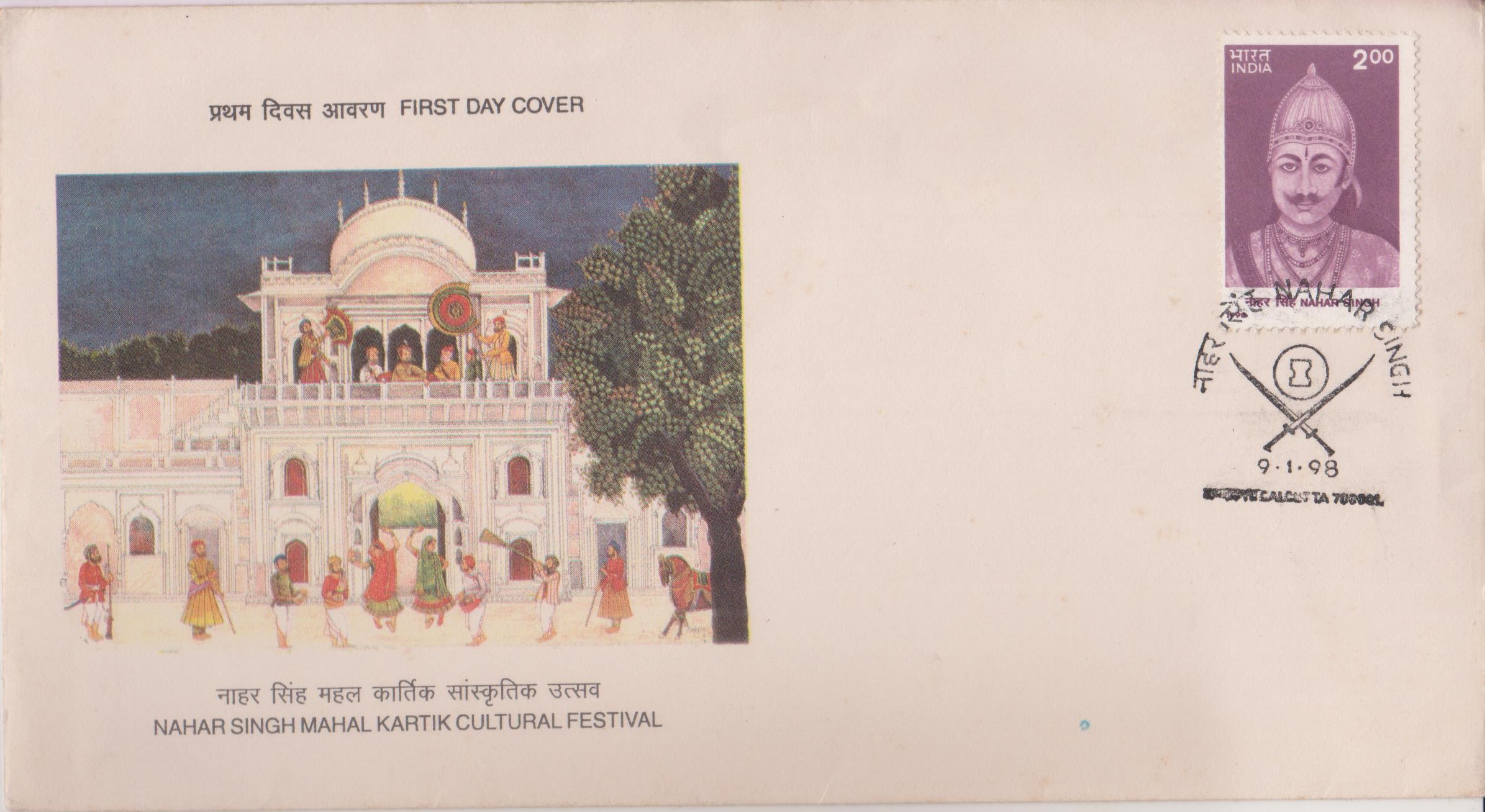 Issued by India
Issued by India
Issued on Jan 9, 1998
Issued for : The Department of Posts is pleased to issue a special commemorative stamp in memory of late Raja Nahar Singh.
Design : The first day cover features the Nahar Singh Palace, where the Kartik Cultural Festival is celebrated.
Credits :
Stamp & F.D.C. Design : Based on the material supplied by the sponsor.
Cancellation : Alka Sharma
Type : Stamp, Mint Condition
Colour : Single Colour
Denomination : 200 Paise
Overall size : 4.06 x 2.73 Cms.
Printing size : 3.71 x 2.38 Cms.
Perforation : 13 x 13
Paper : Imported un w/m Adhesive Gravure Coated Stamp Paper in reels 47 cms.
Stamps Printing : 0.4 Million
Number per issue sheet : 40
Printing Process : Photogravure
Printer : India Security Press, Nasik
Name : Nahar Singh Tewatia
Born on Apr 6, 1821 at Ballabhgarh, Faridabad District, Haryana, India
Died on Jan 9, 1858
About :
- The revolt of 1857 was an important milestone in India’s struggle for independence, a glorious chapter in the history of our national movement. Nahar Singh, ruler of the small state of Ballabhagarh, played a key role, in the uprising.
- A symbol of Hindu Muslim unity and farsightedness, he tried his best to bring under a common flag all native rulers especially Begum Sumro, Gurgaon, Nawab of Jhajjar, Farukhnagar and Rewari. He organised a secret meeting in the fort of Mukteshwar (U.P.) at the time of Kartik mela. This was attended by Tantiya Tope, Raja Krishan Gopal, Rewari, Mangal Pandey and Raja of Gwalior. The purpose once again was the same i.e. war of independence.
- Emperor Bahadur Shah–II, appointment Raja Nahar Singh as the Internal Administrator of Delhi. He successfully carried out this responsibility with full faith. Raja Nahar Singh was tirelessly busy in planning and organising native Chieftains for the revolution. In November, 1857, the British forces fanned out to suppress it outside Delhi. Brig. Showers of the British Army was deputed to suppress the second revolt of the region i.e. Ballabhgarh, Gurgaon, Jhajjar and Rewari. Brig. Showers arrested Raja Nahar Singh on 6.12.1857, and kept him first in Motia Mahar and then in Metcalfe House, Delhi.
- The British Government constituted a Military Commission under Brig. General Chamberlain with four other members, of the rank of majors, for trial of the acts of omission and commission by Raja Nahar Singh. The trial began on Saturday, the 19th December, 1857 at 11.00 am at Delhi.
- In order to break up the political power of the native princely states, it was considered necessary to crush all opposition. Raja Nahar Singh of Bhallabhgarh, alongwith Nawab of Jhajjar, Dadree and Farukhnagar were tried and hanged till death on 9.1.1858 for their complicity in the revolt of 1857.
- Text : Based on the material supplied by the sponsor.


